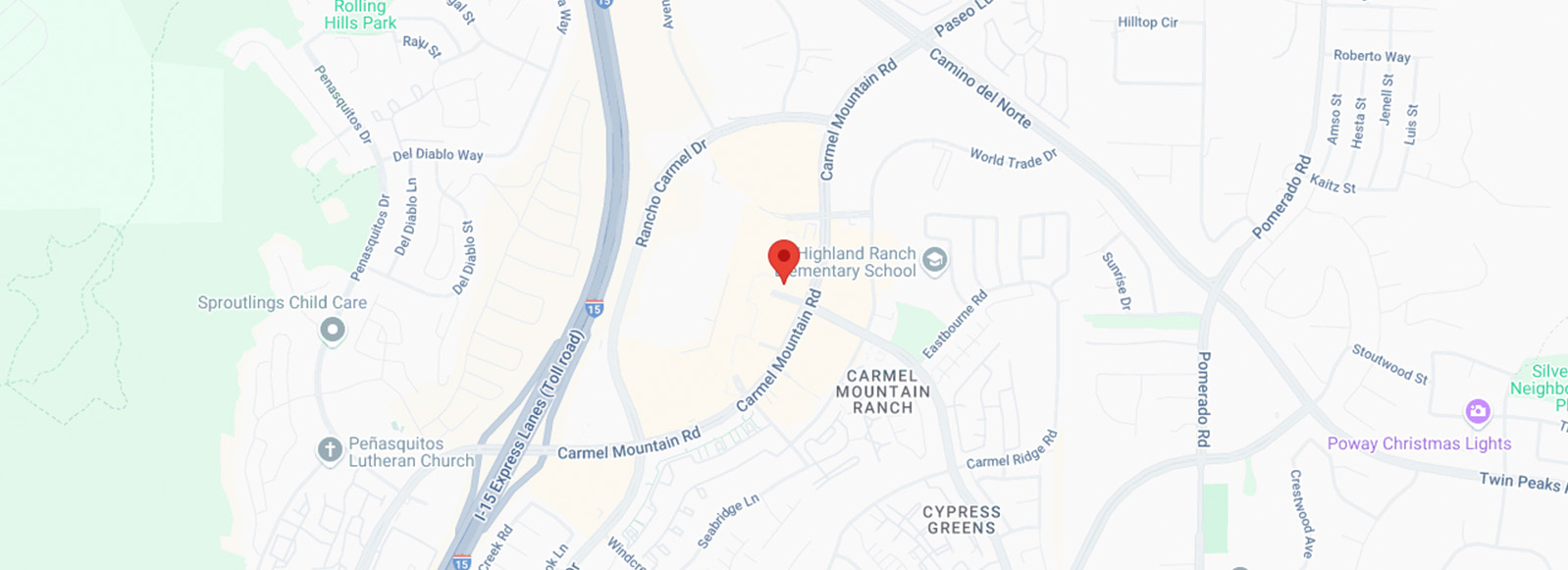
Sagging skin is the major aesthetic concern for my patients over age 50. Let’s look at what causes sagging skin and what you can do to treat it.
Causes of sagging skin
You probably already know that sagging skin is a natural part of aging. This is more than just wrinkles of the dermis; it is drooping cheeks, falling jowls, or folding of the neck skin.
Collagen and elastin are two key proteins that give skin a thick, elastic, and youthful appearance. I’ll tell you more about treatments using these a little later on.
Hyaluronic acid is a glue-like substance that holds skin cells together and aids in tissue repair. Hyaluronic acids dermal fillers such as Restylane, Belotero, and Juvederm nicely fill lips, lines, and crevices of the face. Although lines of the face can develop from sagging skin, I cannot inject dermal filler to correct sagging skin per se (only some of the deeper crevices formed by the sagging skin).
Contributing factors that weaken the collagen and elastin proteins of your skin are:
repetitive facial expressions
sleeping positions
smoking
sun exposure
prolonged stress
extreme or rapid weight loss
Cosmeceuticals to reverse skin sagging
Cosmeceutical skin cream products will have a very mild effect on correcting sagging skin. However, these are recommended to help prevent further sagging.
Look for the following product ingredients:
Hyaluronic Acid: this is also called hyaluronan or glycosaminoglycan
Stem cells, when combined with correct growth factors, will grow new tissue and can increase collagen. Many serums and creams on the market contain stem cells.
Growth factors turn on stem cells to grow into specific tissue types. They naturally become depleted with age. Current studies prove they increase dermal collagen.
Peptides or amino acids increase cells in the skin to produce more collagen. In particular, The Cleveland Clinic writes about copper peptides: “Studies have shown that copper peptide promotes collagen and elastin production, acts as an antioxidant, and promotes the production of glycosaminoglycans (think hyaluronic acid, as an example). The substance helps to firm, smooth, and soften skin, doing it in less time than most other anti-aging skin care products.”[1]
Non-invasive (non-surgical) skin tightening interventions
These procedures done in the medical spa leave your skin intact (no incisions or raw, painful skin afterward) with maybe only temporary redness and swelling. Results appear gradually. You can expect:
No or little social downtime: you can return to work the same day if needed
Most procedures take 45 to 90 minutes per treatment; expect multiple treatments
Topical numbing cream makes pain minimal
Can often apply makeup immediately after the procedure
Here are your main options:
Microcurrent: A subtle electric current delivered by a pulse to the facial muscles stimulates them and the surrounding tissues to tighten. You will get only subtle results.
Microneedling: Dermatologists generally teach that a cosmeceutical cream, lotion or serum cannot penetrate the skin deep enough to reverse sagging. However, by injecting stem cells, growth factors, and peptides into the skin, tightening does occur and quite noticeably and can also reduce scarring, improve wrinkles and stretch marks, and build collagen.
PRP (Platelet Rich Plasma): involves withdrawing your own blood, extracting out the platelet-rich portion, then re-injecting this into your skin with tiny (nearly painless) needles or with a microneedling device. Platelets and growth factors from your own blood stimulate a stem cell response, and thus, growth of new young collagen and blood vessels where it is injected. The effects of PRP to the face lasts from 12 months to 2 years depending on your age and initial skin health. PRP can be combined with dermal fillers and botulinum toxin for optimal overall cosmetic results.
Ultrasound waves vibrate the skin to boosts new collagen formation.
Radiofrequency energy is a type of electromagnetic radiation with long wavelengths that causes dermal tissue molecules to oscillate at specified penetration depths. This triggers an inflammatory response, with is the pathway to generating new healed tissue. A soft metal handpiece is place on your skin with a thin layer of conduction (ultrasound) gel to heat up the tissue beneath. This allows your therapist to provide heat exactly where you need it to tighten loose skin. This is a safe and effective in office procedure to tighten the face, chin, neck or upper arms.[2] Treatments done every 1-2 weeks. Expect to start to see results in about one month. In some research studies, patients see gradual tightening and lifting for close to 1 year and can maintain this with only one treatment every six months.
PDO threads: Thread lifting is the latest treatment for skin tightening and lifting as well as V-shaping the face. These threads are made of PDO (polydioxanone)—similar but much faster-absorbing than surgical stitches. When inserted into the skin, they acts as a "scaffold" for the skin and helps to "hold" the skin against the effects of gravity. The threads stimulate a collagen synthesis under skin, but also absorb and dissolve within 4-6 months, leaving nothing behind but the skin structure created which continues to hold for another 15-24 months.
Laser: this intense synchronized light therapy sends heat deep into and below the skin surface and can also wound the top layer of your skin. This is the most aggressive non-surgical way to tighten sagging skin, and give the fastest results—within 2 weeks. This however, does require social downtime: expect to stay home for 5 - 7 days.
To long term health and feeling good,
Michael Cutler, M.D.
[1] https://my.clevelandclinic.org/health/articles/10980-understanding-the-ingredients-in-skin-care-products
[2] el-Domyati M, el-Ammawi TS, Medhat W, Moawad O, Brennan D, Mahoney MG, Uitto J. Radiofrequency facial rejuvenation: evidence-based effect. J Am Acad Dermatol. 2011 Mar;64(3):524-35. PubMed PMID: 21315951.








